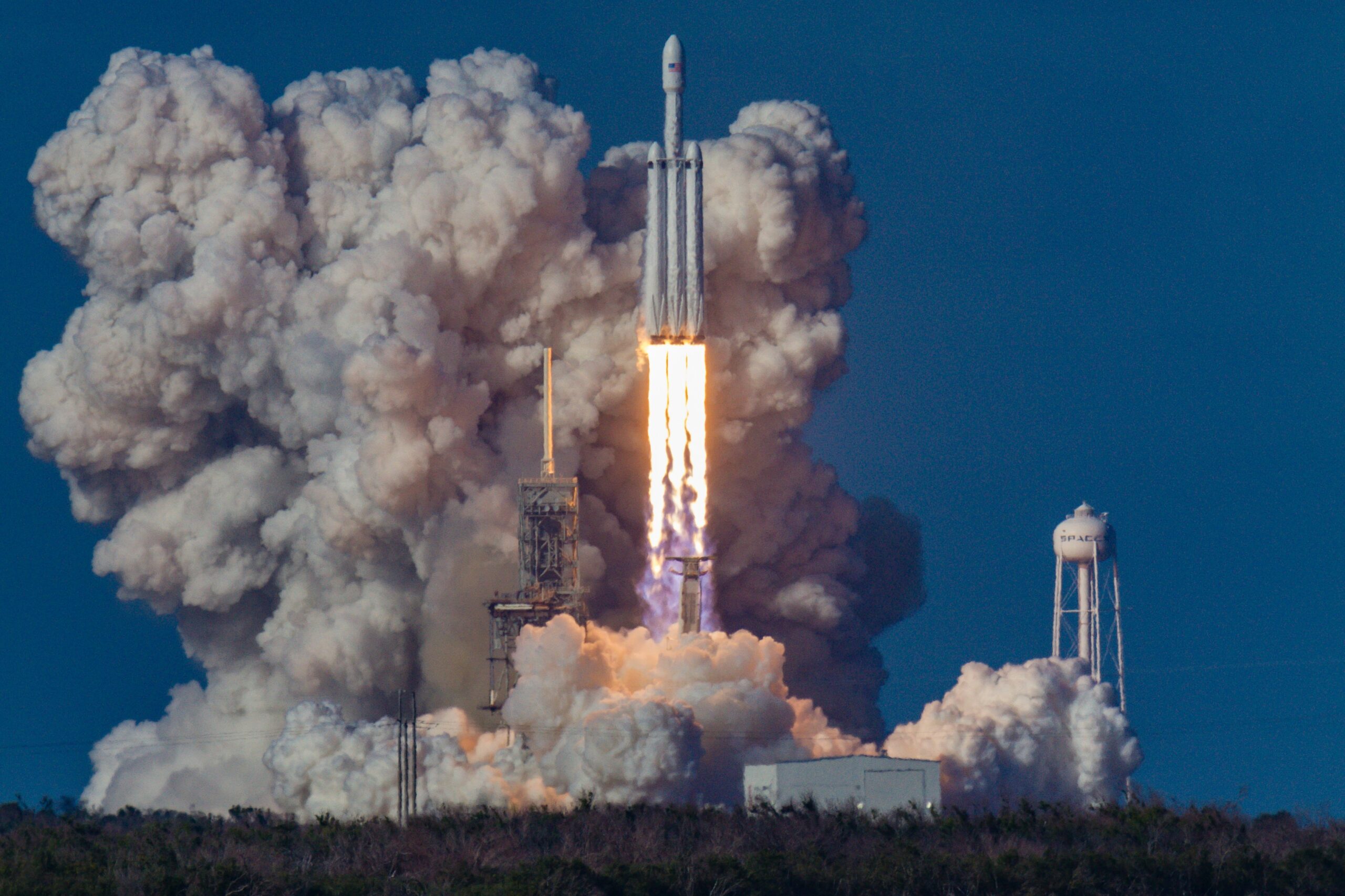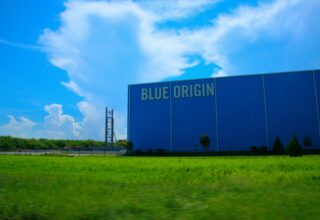By becoming a member of our site, you can add the content you like to your favorites, and present the content you have produced or liked on the internet to our site visitors with the send content option.
Zaten bir üyeliğiniz mevcut mu ? Giriş yapın
By becoming a member of our site, you can add the content you like to your favorites, and present the content you have produced or liked on the internet to our site visitors with the send content option.
You Can Benefit from All Options Exclusive to Our Members by Registering
Next Content:
Falcon Heavy: Exploring SpaceX’s Powerful Launch Vehicle
- Home Page
- #Astronauts
- Crew Dragon: SpaceX’s Human Spaceflight Endeavors
Crew Dragon: SpaceX’s Human Spaceflight Endeavors

Crew Dragon is SpaceX’s flagship vehicle for human spaceflight endeavors, marking a significant milestone in the realm of space exploration. Designed and manufactured by SpaceX, Crew Dragon is part of NASA’s Commercial Crew Program, which aims to restore the United States’ capability to launch astronauts into space from American soil.
The development of Crew Dragon began with the Dragon 1 cargo spacecraft, which successfully completed numerous resupply missions to the International Space Station (ISS). Building on this success, SpaceX designed Crew Dragon, also known as Dragon 2, to carry astronauts. The spacecraft is capable of carrying up to seven passengers to and from the ISS, and it is equipped with advanced safety features to ensure the well-being of its crew.
One of the most notable achievements of Crew Dragon was the Demo-2 mission in May 2020. This mission marked the first time a commercially built and operated spacecraft launched astronauts into orbit and docked with the ISS. Astronauts Robert Behnken and Douglas Hurley were the first to fly on Crew Dragon, successfully demonstrating its capabilities and paving the way for future missions.
Crew Dragon is designed with a focus on safety and reliability. It includes features such as an integrated launch escape system, which can rapidly propel the spacecraft away from the rocket in the event of an emergency during launch. This system has been rigorously tested to ensure it can protect astronauts under various scenarios. Additionally, Crew Dragon is equipped with touchscreen controls and modern avionics, providing a user-friendly interface for the crew.
The spacecraft’s reusability is another critical aspect. Following each mission, Crew Dragon undergoes thorough inspection and refurbishment to prepare it for subsequent flights. This reusability significantly reduces the cost of space travel and aligns with SpaceX’s broader mission to make space exploration more accessible.
Crew Dragon missions have expanded beyond NASA’s needs. In September 2021, SpaceX launched Inspiration4, the first all-civilian mission to orbit. This historic mission demonstrated Crew Dragon’s versatility and its potential for commercial spaceflight. By offering flights to private individuals and organizations, SpaceX is opening up new opportunities for space tourism and research.
Collaboration with international partners is also a key component of Crew Dragon’s operations. SpaceX works closely with space agencies around the world, providing transportation for astronauts from various countries to the ISS. This international cooperation enhances scientific research and strengthens global partnerships in space exploration.
The success of Crew Dragon has significant implications for the future of human spaceflight. By providing a reliable and cost-effective means of transporting astronauts to and from space, SpaceX is enabling more frequent and sustained human presence in orbit. This capability is crucial for ongoing research aboard the ISS and for future missions to the Moon and Mars.
In conclusion, Crew Dragon represents a monumental achievement in SpaceX’s human spaceflight endeavors. Its advanced design, focus on safety, and commitment to reusability are setting new standards in space travel. Through successful missions like Demo-2 and Inspiration4, SpaceX is not only supporting NASA’s goals but also pioneering the future of commercial spaceflight. As Crew Dragon continues to operate and evolve, it will play a vital role in expanding humanity’s reach into space.
We offer our respects and wish you a good reading. – Who Learns What? Team
- On-Site Comments





















